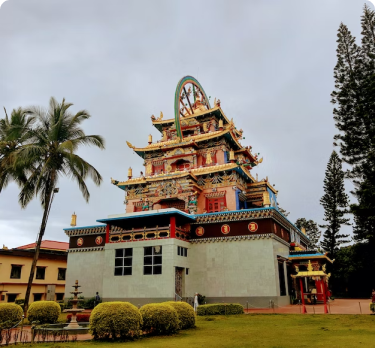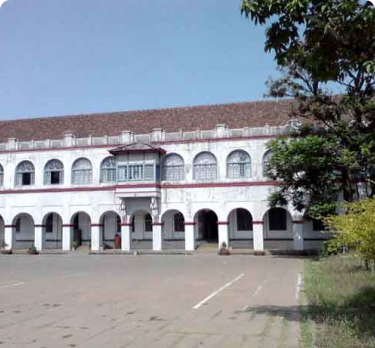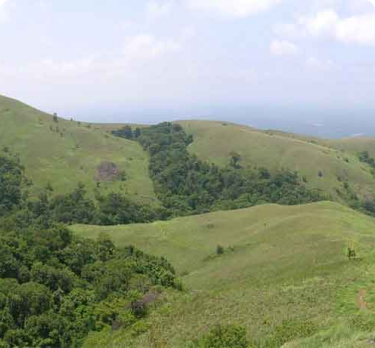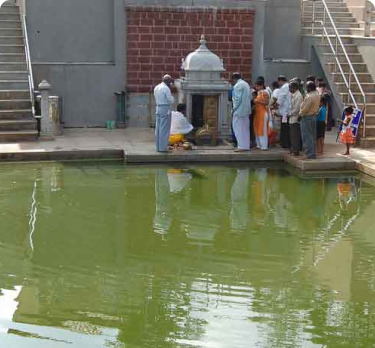A visit to this charming Tibetan town in Karnataka is unquestionably advised for everyone travelling to Coorg. This is where the Namdroling structure, also known as the Golden Temple, is located. The monasteries have a regal air, and their architecture stands out significantly from the nearby structures.







